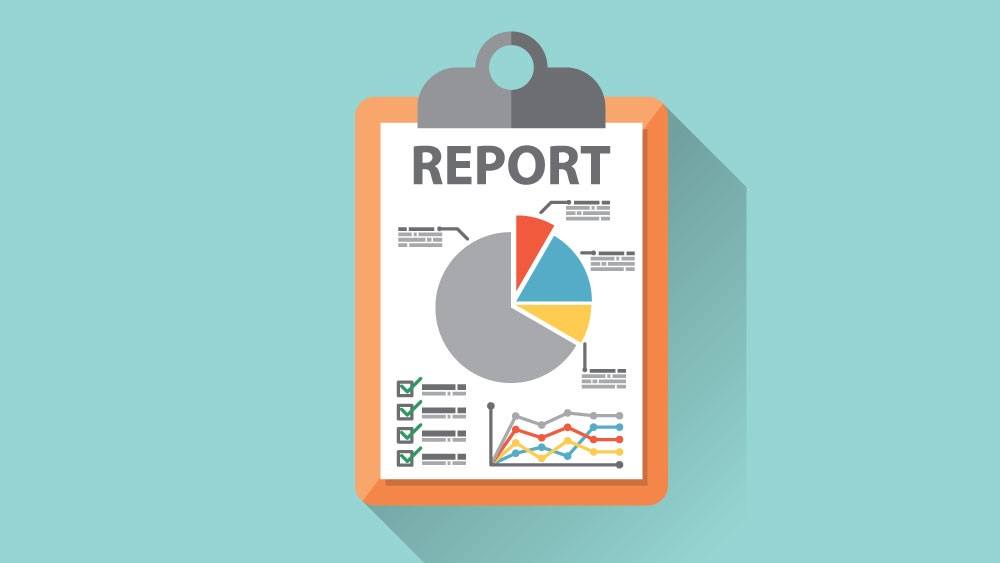10 April 2017

NI activity growth rises solidly, but new order growth eases
The March data from the Ulster Bank Northern Ireland PMI® has been released. The latest report – produced for Ulster Bank by Markit – indicated that a solid rise in business activity ended a positive first quarter of the year. Further increases were also seen in new orders and employment. Meanwhile, rates of inflation remained elevated as a result of sterling weakness.
The main findings of the March survey were as follows:
- The headline seasonally adjusted Business Activity Index rose to 53.9 in March from 53.5 in February to signal a solid monthly rise in output in Northern Ireland, and one that was slightly quicker than in the previous month.
- Where growth of activity was registered, panellists mainly linked this to higher new orders.
- New business rose solidly, albeit at the weakest pace in the current five-month sequence of growth.
- Further increases in new export orders were recorded as sterling remained weak. That said, the rate of expansion slowed for the fourth consecutive month.
- Northern Ireland companies continued to take on extra staff in March, extending the current period of job creation to 26 months.
- Firms reportedly took on extra staff in line with the launch of new products and efforts to expand operations. All four sectors posted increases in employment.
- Backlogs of work decreased for the first time in five months amid a weaker rise in new business.
- Input prices at Northern Ireland companies continued to be impacted by sterling weakness in March.
- Costs were up sharply over the month, albeit to the least extent since December 2016.
- Manufacturers again posted the strongest pace of inflation, while service providers saw input prices rise at the fastest rate since May 2011.
- The passing on of higher input costs to clients led to a further substantial monthly rise in output prices.
Commenting on the latest survey findings, Richard Ramsey, Chief Economist Northern Ireland, Ulster Bank, said:
"Nine months on from the UK’s vote to leave the EU, Northern Ireland’s private sector has maintained its growth momentum as it enters the second quarter of 2017. Overall, the local economy has perhaps fared better than expected post the Brexit decision, with the main impact, positive and negative, so far being the weakening of sterling. But the long-term economic implications will only become apparent as what Brexit actually means becomes clear. For now, all segments of the private sector – manufacturing, retail, services, and construction – maintain growth in output and employment to varying degrees, with job creation rising for the 26th month in a row. Again, inflationary pressures are very prevalent, with the effects of sterling’s weakness continuing to feed through into firms’ input costs, and the prices they charge to customers. Retail and manufacturing input cost inflation eased from record highs, but remain very elevated. Meanwhile construction and services firms saw their cost-base accelerate – the latter to a 70-month high.
"Whilst the negative effects of the weak sterling are very apparent in the latest data, so are the positives, with exports continuing to grow strongly, albeit at a slower rate, and cross-border shopping boosting retail. Maintaining export growth into the months ahead will help the private sector continue to expand. However, the key concern is the dependence on retail sector growth in an environment of rising prices and pressure on consumers’ pockets. Retail prices are rising at almost a record rate, with further rises in food and energy prices set to filter through in the coming months. Alongside a freeze in a range of benefits to 2020, this will firmly consign the consumer sweet spot to the past. But consumers are not alone, with businesses set to face additional taxes and costs, such as the increase in the National Living Wage and the Apprenticeship Levy. Uncertainty and higher costs will be two main concerns for the private sector in the months ahead."
Downloads POSITIVE Q4 OUTPUT AND ORDERS GROWTH IN-LINE WITH FORECAST – BUT A NOSEDIVE IN CONFIDENCE HAS DEPRESSED EXPECTATIONS FOR Q1
POSITIVE Q4 OUTPUT AND ORDERS GROWTH IN-LINE WITH FORECAST – BUT A NOSEDIVE IN CONFIDENCE HAS DEPRESSED EXPECTATIONS FOR Q1
6 February 2025
Output and orders in Q4 more-or-less performed as forecast as the UK's printing and printed packaging industry continued its path of steady, but subdued, growth in 2024.
 New research charts the transition from offset to digital print
New research charts the transition from offset to digital print
27 February 2025
In The Future of Digital vs. Offset Printing to 2029 Smithers examines how competing digital and offset printing technologies contend for market share. The new report quantifies the market by print process, end-use application, and region.












